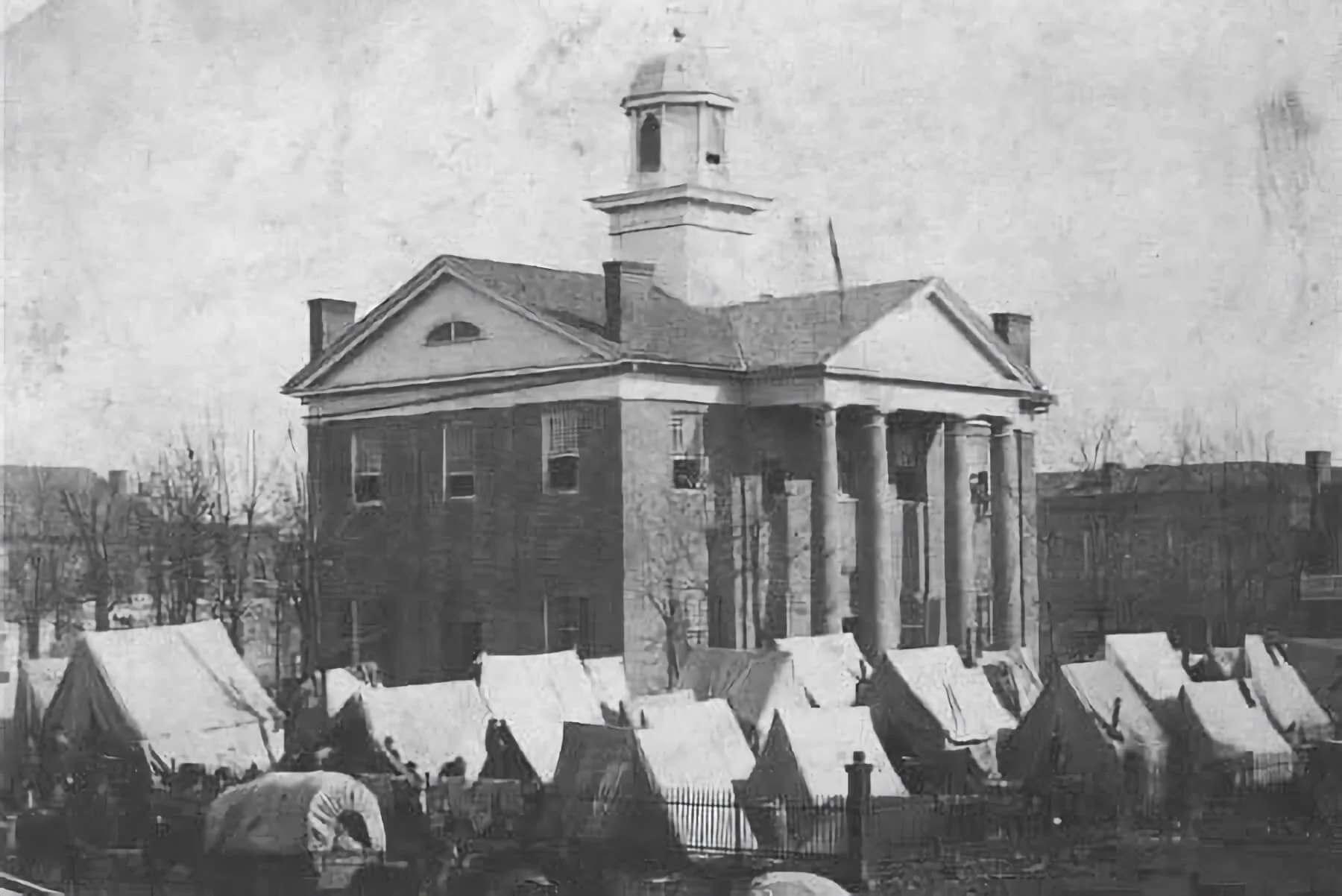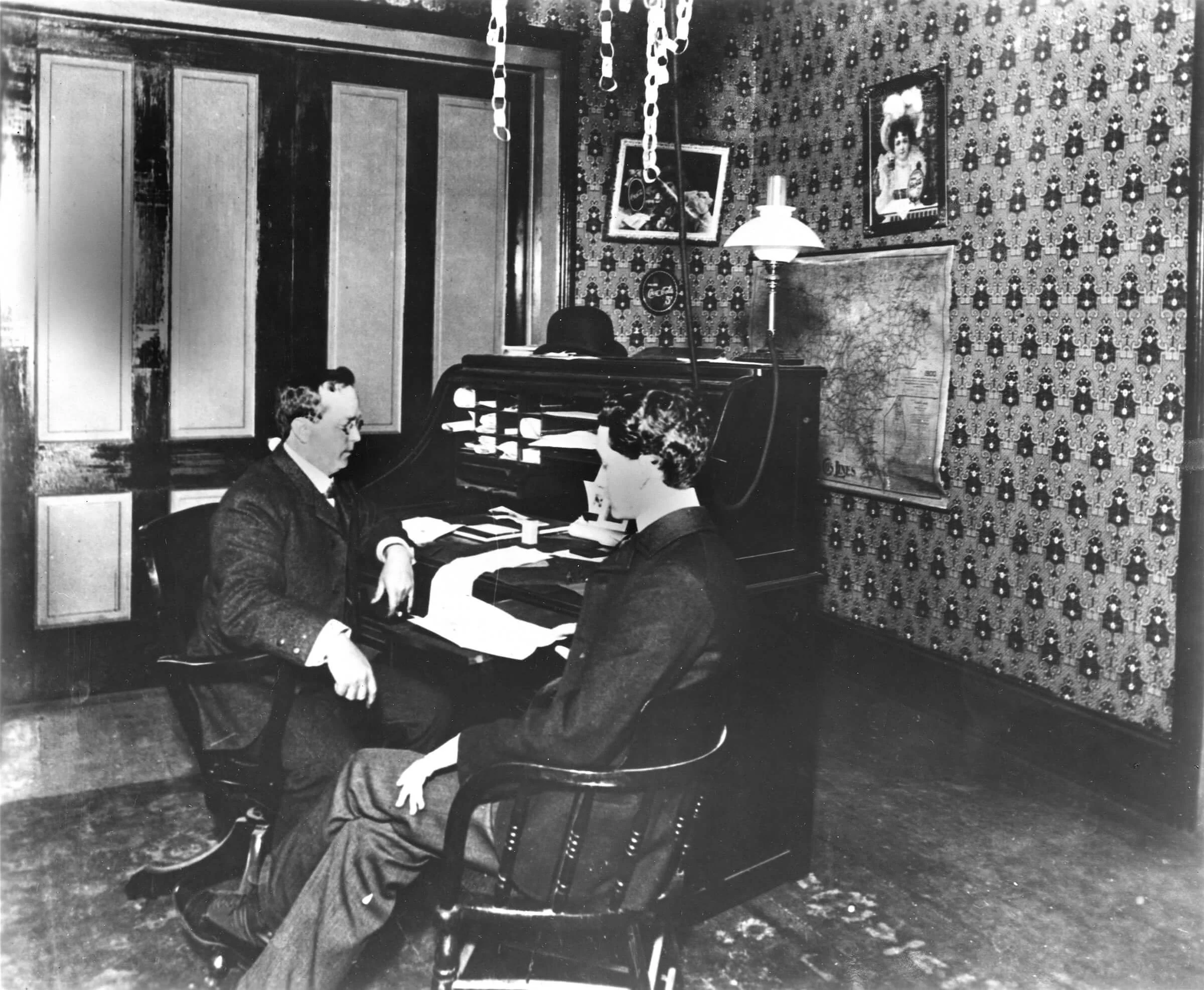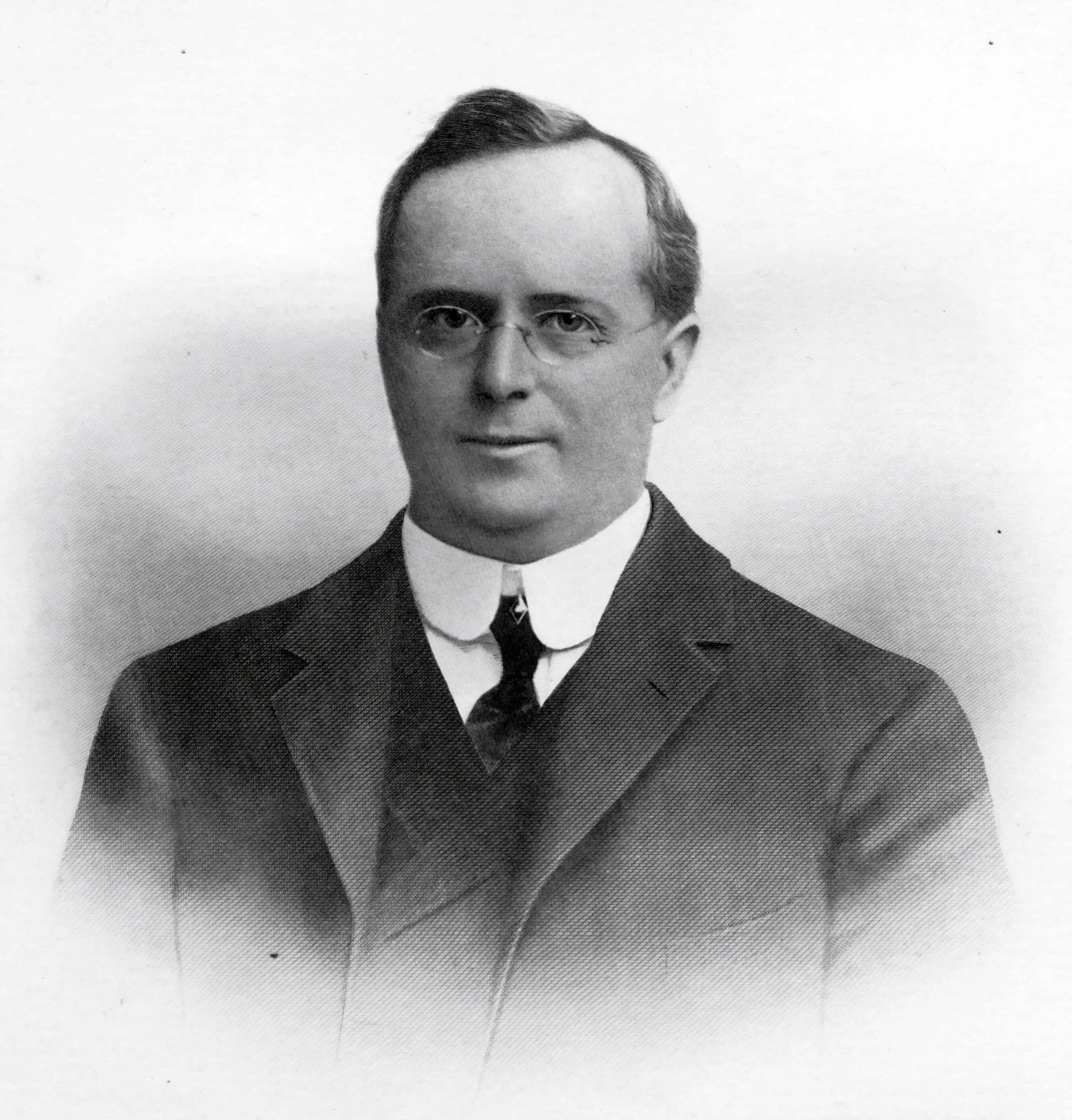
About | Joseph B. Whitehead
Joseph B. Whitehead
Joseph Brown Whitehead was one of the original bottlers of Coca-Cola. Together with Benjamin F. Thomas, a friend and fellow lawyer in Chattanooga, he secured the rights to bottle and sell Coca-Cola with a $1 contract in 1899.
Mr. Whitehead moved his family to Atlanta to open what would become the Coca-Cola Bottling Company with business partner John T. Lupton in 1900. They sold franchises to other bottlers, expanding Coca-Cola’s reach and laying the groundwork for a national bottling system.
Mr. Whitehead died in 1906, before he could see the Coca-Cola bottle become a global icon. His brief but impactful career created a lasting legacy in both the bottling business and his adopted city. Mr. Whitehead was active in civic affairs and gave generously to churches, orphanages and human service organizations in Atlanta.
His example inspired his eldest son, Joseph Brown Whitehead Jr., to establish a foundation in his name. Joe Jr. specified in his will that the foundation should serve people in need in Atlanta, and children in particular.
Timeline
1864
1864
Joseph Brown Whitehead is born on February 29 as the second son of Reverend Richard Hugh and Mary Amanda Conkey Whitehead in Oxford, Mississippi. Joseph loses his mother at the age of five and spends his childhood following his father, a Baptist minister, from church to church in Mississippi and Texas.
1888
1888
Joseph graduates from the University of Mississippi in Oxford with a law degree. He establishes his law practice in Chattanooga, Tennessee, where he specializes in tax law and serves for a time as back-tax attorney for the city.
1894
1894
Joseph marries Letitia “Lettie” Pate of Thaxton, Virginia. They settle in Chattanooga and welcome sons Joe Jr. in 1895 and Conkey Pate in 1898. Outside of work and family, Joseph is an avid baseball fan. Legend has it, he dreams up the idea of bottling Coca-Cola while wishing for a cold drink on a hot summer day at the ballpark.
1899
1899
Joseph persuades friend Sam Erwin to arrange a meeting with his distant cousin Asa Candler, president of The Coca-Cola Company. Joseph and fellow Chattanooga lawyer Benjamin A. Thomas pitch the “preposterous idea” of bottling Coca-Cola, which is only available as a soda fountain drink. They persuade Candler to sell them the exclusive rights to bottle and sell Coca-Cola in most of the United States for $1.
1900
1900
The two lawyers split the bottling enterprise. Benjamin serves the Mid-Atlantic and the East while Joseph serves the Southeast, Southwest and Midwest. Short on cash to open a plant, he enlists the help of Chattanooga businessman John T. Lupton, who advances him $2,500 to become half owner of Joseph’s half interest in the Coca-Cola contract. The business partners soon begin supplying bottled Cokes to the Chattanooga Lookouts minor league baseball team.
Joseph moves his family to Atlanta to open the Coca-Cola Bottling Company in 1900, which expands so quickly that it outgrows its Edgewood Avenue location within a year. He hires an office assistant – a new graduate of Atlanta’s Boys High School named Charles Veazey Rainwater – who later helps standardize the Coca-Cola bottle’s iconic shape (inspired by the elongated curves and distinct ribs of a cocoa bean) and “Georgia green” color.
1903
1901-1903
Joseph pioneers a franchise system to meet growing demand for bottled Coca-Cola. He sells franchises to other bottlers, beginning with 16 plants in Atlanta that are soon followed by national bottling and distribution facilities. The business’ success allows the Whitehead family to move out of a boardinghouse into a permanent home at 583 Peachtree Street in 1903.
Ever the entrepreneur, Joseph takes on other ventures, becoming president of the Bowden Lithia Springs Water Company and treasurer of the Ponce de Leon Amusement Park Company. He and his wife are community leaders who contribute to many charitable causes. Joseph is a major supporter and active member of the Ponce de Leon Baptist Church. He gives generously to the Baptist Church, the Orphans’ Home at Hapeville, the Foreign Board at Richmond, and the Salvation Army.
1906
1906
Joseph travels extensively across the South and Midwest to sell franchises and promote the bottling business. After one such trip, he develops pneumonia and dies at the age of 42, leaving Lettie Pate a widow with 11-year-old Joe Jr. and 8-year-old Conkey. The Christian Index, official publication of the Baptist Church, honors him thus: “He was true and steadfast in his love and friendship, and won a host of true friends by sowing ever the seeds of friendship in his life. Right nobly did he accomplish life’s mission, doing more in 42 years than even good men accomplish in a long life of 70 or 80 years.”
1910s-1930s
1910s-1930s
Lettie Pate takes over Joseph’s share of the Coca-Cola bottling business and steers it to great success. By 1919, there are 1,000 bottling plants in operation. By 1928, bottle sales exceed soda fountain sales. Lettie Pate becomes close friends with The Coca-Cola Company’s new president, Robert Woodruff, who advises her on both business and philanthropy. The Whitehead family sells the Coca-Cola Bottling Company to The Coca-Cola Company in 1934 for shares of Coke stock. Lettie Pate is appointed to the board that year, becoming The Coca-Cola Company’s first woman director.
Lettie Pate also builds the Whitehead family’s philanthropic legacy. She models a generosity that is followed by local bottlers who adopt the motto “your friendly neighbor” as a sign of commitment to their home communities. “Coca-Cola bottlers would earn the reputation of being exemplary citizens,” wrote author Mike Cheatham. “Boy Scout troops, football teams, churches, schools and hospitals could count on the generous support of the local Coke bottler.”
1935
1935
Joe Jr. dies at the age of 40. He grew up in Atlanta, attended Yale University, served in the Naval Intelligence Service during WWI, and helped manage the family’s Coca-Cola bottling and real estate businesses. His will establishes the Joseph B. Whitehead Foundation in 1937 as a memorial to his father. He dedicates the Foundation to “the relief of pain and suffering and poverty … without regard to race, color or creed” and specifies a focus on children. Friend Wallace Kellett writes of Joe Jr., “He lived for others far more than many people realized. His will expresses Joe’s character better than anything anyone could say.”
The entire Whitehead fortune is eventually dedicated to philanthropy. Conkey Pate Whitehead creates the Lettie Pate Whitehead Foundation in 1940 as a memorial to his mother, while she establishes the Lettie Pate Evans Foundation in 1945.









